Enterprise Design is a term we have come to use within Enterprise Architects to describe the merging of the disciplines of Service Design, Information Management and Enterprise Architecture. We have discussed the importance of Information Architecture and Information Management here previously; the focus of this article is the relationship between Design Thinking, Service Design and Enterprise Architecture.
Design Thinking is a discipline that applies a design concept to business models, products and services, typically taking a distinctly customer-centric view. This might sound like simply adding a Business Model Canvas template to your modelling toolkit, or including an Empathy Map alongside your Business Capability Model, or even simply adding an ‘As Experienced’ row to your copy of the Zachman Framework but this would be a serious undersell of the Enterprise Design concept. I believe Enterprise Design has the potential to fundamentally transform enterprise architecture as it is currently practised.
Richard Buchanan[1] first coined the term ‘wicked problems’ to describe situations where both the problem and the solution are not entirely clear or well defined. Such cases require effort be applied to defining and scoping the problem. Applying the adage that “in every problem lies an opportunity”, Enterprise Design in my opinion represents a wicked opportunity and an approach for solving wicked architectural design problems.
Origins
Design Thinking in business has a heritage based in consumer product design, traditional architecture and urban planning. This has proven to be particularly useful when solving intractable business and customer service problems. The Design Thinking in business methodology is distinct in its emphasis on Empathy, Ideation and Prototyping processes within an overall iterative design cycle. The cycle is not necessarily executed in a sequential fashion, and processes can certainly happen in parallel and be repeated.
The Empathy process involves understanding the problem, knowing what has been tried before, gaining insights into the audience and key stakeholders. Ideation is about understanding the concerns and motivations of key stakeholders, and uncritically brainstorming solutions. The Prototyping process involves synthesising ideas from the output of the Ideation process, refining and identifying a set of potential solution ideas, prototyping actual solutions and seeking feedback from stakeholders and the users of the solution.
Although it has its own methodology and terminology, Service Design is a discipline that in many respects extends Design Thinking to the field of consumer services, placing the consumer and their experience at the centre of the design process. Services unlike products have the characteristic that they don’t come into existence until the point at which they are provided. This added complexity has sparked a set of techniques that aim to understand the experience and perspective of the consumer during the process of accessing a service. These techniques are used to augment the typical Design Thinking cycle.
Enterprise Architecture on the other hand – although it has its origins in Information Engineering and Information Technology, has grown as a discipline in the last couple of decades to also encompass the business domain. You can see this progression in the successive versions of TOGAF. Consequently, contemporary Enterprise Architecture is as concerned with business models, business strategy, services and process architecture, as it is with applications and technologies.
While there are various Enterprise Architecture methodologies, the TOGAF ADM is recognised widely as an industry standard. It is a non-linear iterative process with a focus on stakeholder concerns, requirements management, design principles, an ability to understand a problem at varying levels of abstraction and at different points in time (i.e., Current state and target state). The TOGAF ADM is also a scalable methodology that can equally be applied at the strategic, segment and capability levels. Although the process of architecture development has some features in common with the Design Thinking in business cycle, it places a strong emphasis on understanding the enterprise and motivational context in which a given solution needs to be implemented.
Common threads
These disciplines use an iterative, scalable, non-linear methodology, and share common themes (e.g., customer experience, stakeholder concerns, outside-in processes), however, each has distinct differences in focus. An ability to combine them with the Information Management discipline would promote a consumer-centric, rigorous approach to enterprise and service design that is underpinned by a Design Thinking methodology.
We can begin to sketch out a framework and methodology by playing to the strengths of each discipline. At EA we refer to this approach as Enterprise Design.
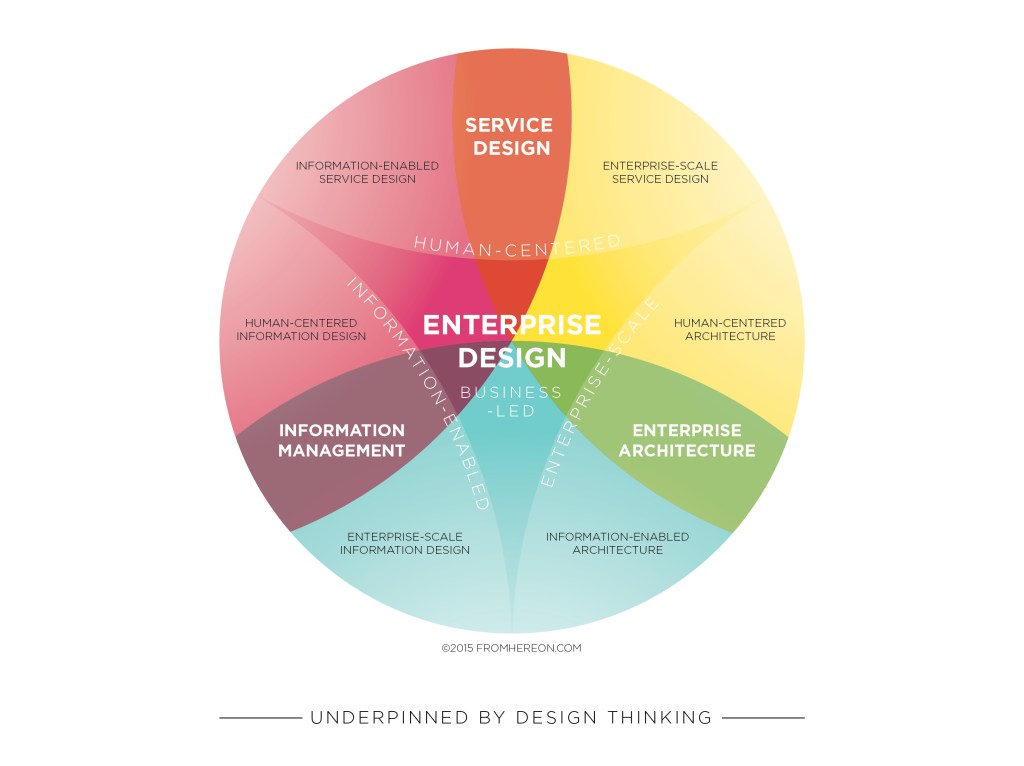
Next steps
Enterprise Design is an approach that is increasingly shaping the way we define and deliver our services. Leveraging an iterative Design Thinking methodology, together with engineering and design principle precision, it places the consumer and the services they receive right at the centre of every enterprise architecture initiative. As an EA practitioner I can also say that drawing on the Design Thinking in business and Service Design traditions has provided me with a whole range of new techniques and tools I can use to engage stakeholders and enhance design deliverables.
Enterprise Design is an evolving ‘wicked’ concept that has wide applicability and potential to revolutionise enterprise architecture. You are invited to contribute to the ongoing development of this concept by adding your thoughts, comments, feedback below and continuing the conversation.
[1] Richard Buchanan, “Wicked Problems in Design Thinking,” Design Issues, vol. 8, no. 2, Spring 1992

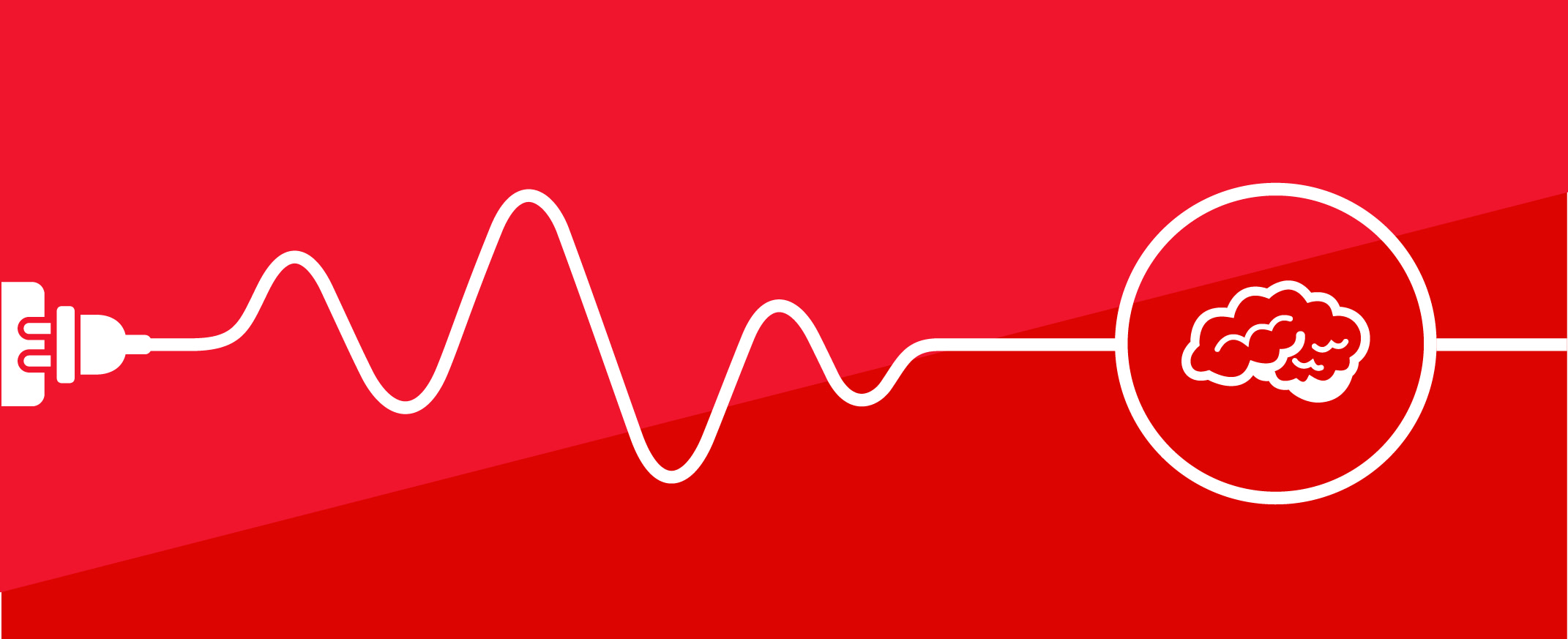







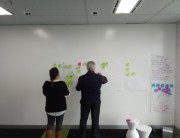

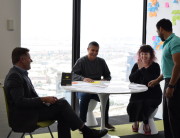



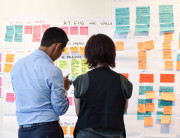





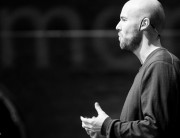
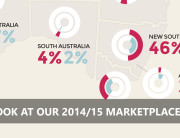


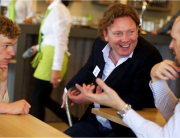









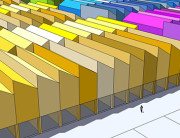





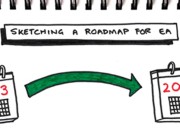









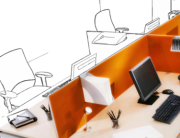
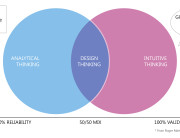



Using the CORA model a reference Software Architecture or detailed technology architecture can be created from a total IT landscape point of view. This forms the basis from which Solution Architects of
individual projects within the portfolio can be derived / detailed and evolved. A good link with TOGAF (ADM) is a step towards Enterprise Design. Good step for OSS/BSS/IT Transformation projects.
VBR/ Wallis Dudhnath
Motivates more and more the need for a EA and the business architecture. As Industries, e.g. Telecommunications, move now at a fast pace due to new business models, technology and the coming together of a diverse eco-system there is now a need to have a fast and adaptable architecture. This in turn will, in turn, be the organisation’s competitive advantage – a flexible launch pad that does not impede the business moving forward.
VBR/ Wallis Dudhnath
Hi Wallis – Agree. The Enterprise Design story is an evolving one – the outcome yet to be clearly defined. However, there is clearly an amazing potential to leverage the precision of enterprise architecture and what we call ‘Architecture Thinking’ coupled with the human-centric approach to business and service design. They are both very different approaches – but very compatible in my view.
I like this article and would like more. The concept of enterprise design is close to the concept of business design which is close to the work I do on Operating Model design and Target Operating Models. Including Design Thinking as part of the tool kit is essential, so it is nice to see an EA expert proposing this.
In the circular model, I would like to see more emphasis on process/value stream/value chain. I find that a value chain map or maybe I should call it a “capability chain” map is the best starting point for operating model design work. Of course the starting point is to record the current state. Once this is understood, design thinking approaches are engaged to help with the development of a future state http://www.ashridge.org.uk/dom
Hi Andrew
The capability model is a core deliverable within the business architecture space. Within EA we often refer to the capability model as the ‘anchor’ model as it is so important to establishing what needs to be in place in order to offer a set of services.Agree that the value stream / chain is also very important. However, when it comes to identifying and designing the required services that the capabilities need to deliver – this is where Design Thinking comes into play.
Hi Chris, interesting topic raising some questions around the possible convergence of established and emerging disciplines bringing together different skill sets for human-centred outcomes. Do you see ‘Enterprise Design’ as a mindset (a way of thinking), perhaps an enterprise-scale version of ‘Design Thinking’ or do you envision the concepts will be refined and represented in more of a repeatable process – potentially laying the foundations for a new practice? Also, are there any synergies with Milan Guenther’s interpretation of ‘Enterprise Design’?
Hi Simone
I think the answer to your question about Enterprise Design is – both. Design thinking – meaning the process that designers of all walks of life use to think about and develop designs is a way of thinking common across a number of disciplines. Enterprise Design though for me is the deliberate bringing together of three of these disciplines (i.e., Service Design, EA and IM) using a Design Thinking based methodology.
Regards Milan Guenther’s interpretation of ‘Enterprise Design’ and the way we use the term at EA – I’d say that while there are some obvious differences (e.g., role and prominence of IM in our framework, the business capability based planning core to EA – of which technology considerations are just one component) – the two approaches are complementary.